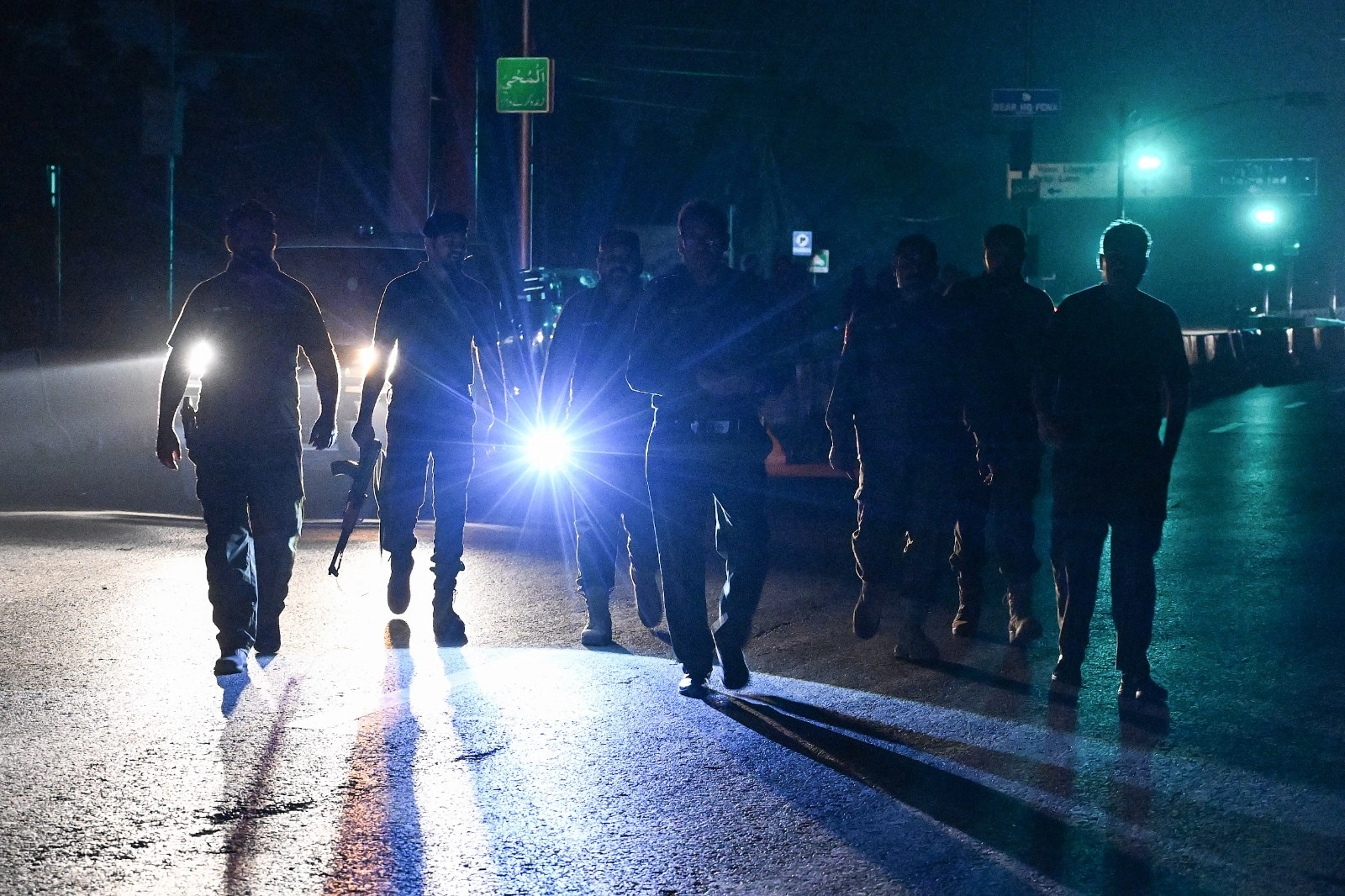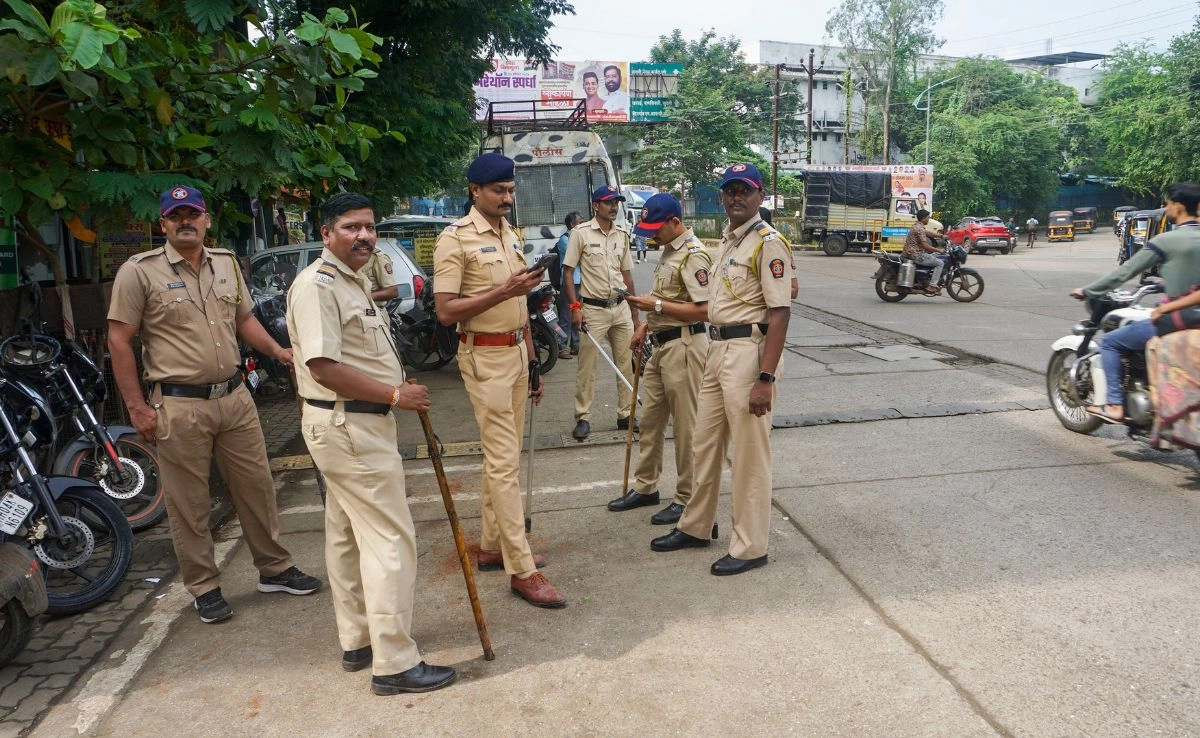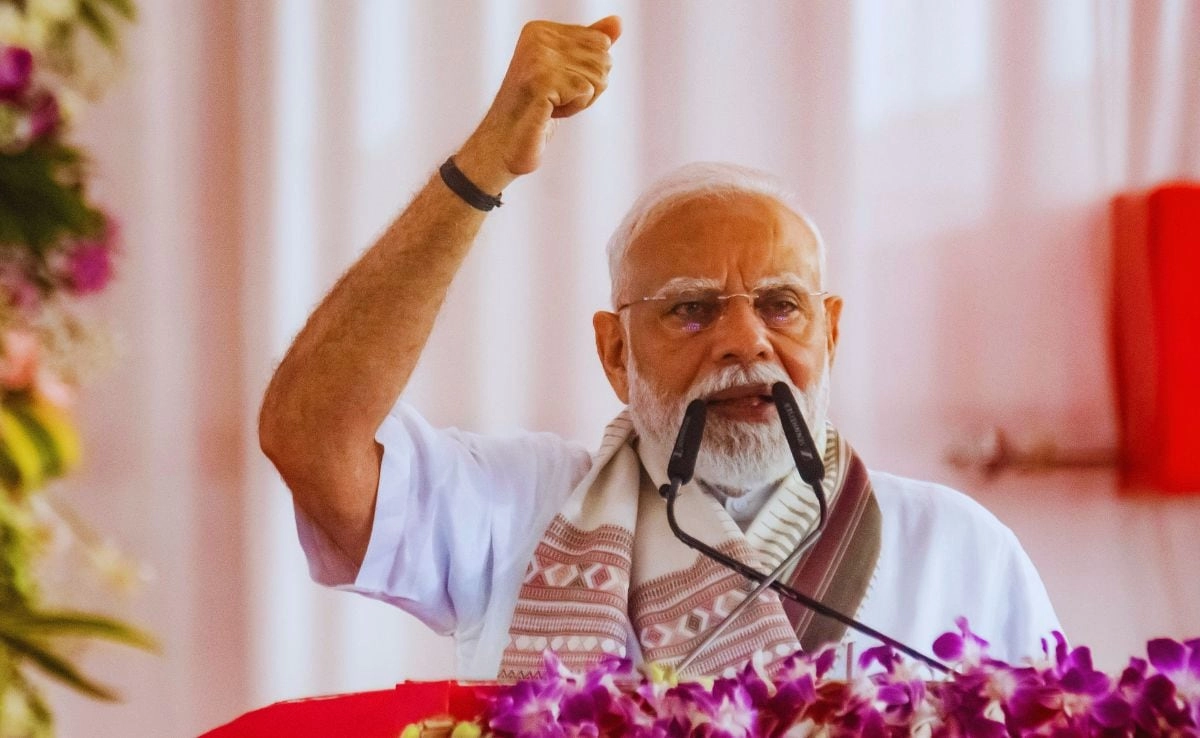India’s strategic military planning has increasingly focused on countering potential threats from neighboring countries, especially Pakistan. The recent emphasis on targeting specific assets of the Pakistan Air Force (PAF) highlights the evolving dynamics of aerial warfare in the region. The JF-17 Thunder, a lightweight multirole fighter aircraft jointly developed by Pakistan and China, has become a focal point in this context. Its capabilities, including advanced avionics and weapon systems, pose a significant challenge to Indian air superiority. By targeting these assets, India aims to neutralize a potential threat before it can be effectively mobilized against its airspace.
In addition to the JF-17, India’s military strategy also considers the role of French-made Mirage jets in the PAF’s arsenal. The Mirage series has been a cornerstone of Pakistan’s air defense for decades, known for its agility and combat capabilities. By planning operations that specifically target these aircraft, India seeks to diminish the effectiveness of the PAF in any potential conflict scenario. This strategic targeting is not only about the immediate destruction of aircraft but also serves to disrupt the operational readiness of the PAF, thereby gaining a tactical advantage in the region.
Moreover, the integration of drones into India’s military strategy adds a new dimension to the aerial conflict landscape. Drones can conduct surveillance, reconnaissance, and even precision strikes, allowing India to gather intelligence on PAF movements and infrastructure without risking manned aircraft. This capability enables a more dynamic and responsive approach to threats, as drones can be deployed rapidly and can operate in environments that may be too risky for traditional fighter jets. The use of drones in conjunction with targeted strikes on key assets like the JF-17s and Mirage jets signifies a shift towards a more technology-driven approach to warfare, emphasizing speed and precision.
India’s comprehensive strategy underscores the importance of understanding the capabilities and limitations of its adversaries. By focusing on specific targets within the PAF, India is not only enhancing its own defensive posture but also sending a clear message about its readiness to respond to any aggression. This calculated approach to military engagement reflects a broader understanding of modern warfare, where deterrence is achieved not just through sheer numbers but through strategic foresight and technological innovation. As India continues to refine its military capabilities, the implications of this strategy will extend beyond immediate conflict scenarios, shaping the geopolitical landscape of South Asia for years to come.




